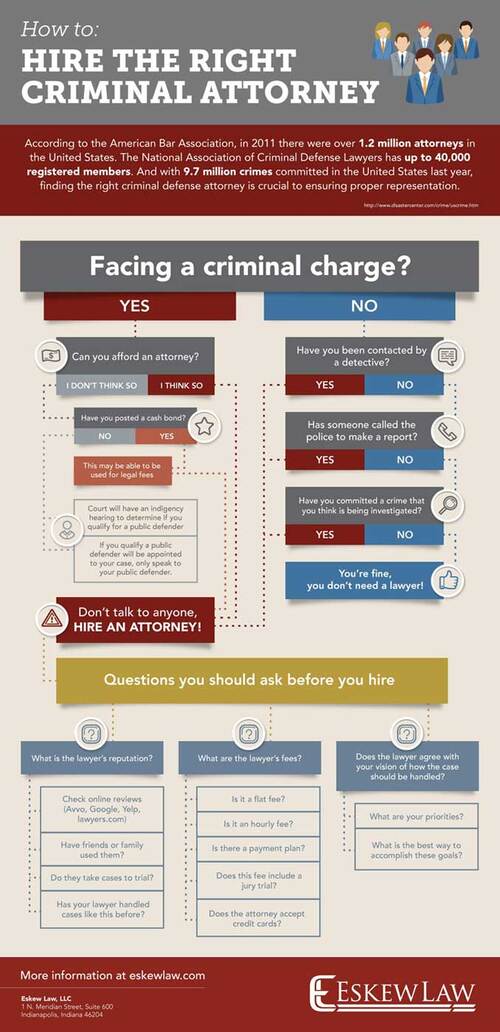Recognizing The Process: A Regular Divorce Case Timeline
Recognizing The Process: A Regular Divorce Case Timeline
Blog Article
Personnel Writer-Viborg MacKinnon
As you start the journey of browsing a divorce situation, you may find yourself questioning the timeline that lies in advance. From the preliminary phases of filing documents to the intricacies of negotiation and the potential for a test, each step holds its very own set of challenges and uncertainties. Understanding the series of occasions can help you prepare for what's ahead and prepare for the weaves that might occur along the road.
First Filing and Service of Records
When starting the divorce process, the first step is the preliminary filing of the required records with the court. This action officially begins the lawful treatment and sets the separation instance in motion. You must send forms that outline the premises for divorce, assets, obligations, revenue, expenses, and any other pertinent information called for by the court.
After submitting these papers, copies should be served to your spouse, notifying them of the separation process. This solution can be done through a process-server, sheriff's workplace, or licensed mail, ensuring that your partner is formally informed of the divorce case against them.
As soon as vawa (violence against women act) are filed and served, the court will provide an instance number and designate a court to oversee the instance. It's crucial to accurately complete and file these papers, as any type of mistakes or noninclusions can postpone the divorce procedure.
https://www.nytimes.com/2022/10/09/business/media/weinstein-los-angeles-trial.html lays the structure for the lawful dissolution of your marital relationship, noting the beginning of a potentially challenging yet needed procedure.
Discovery and Settlement Phase
During the Discovery and Arrangement Stage of a separation instance, both events participate in collecting information and exchanging appropriate files to better understand each other's economic situations and various other relevant details. This stage is vital as it establishes the foundation for negotiations and possible settlement contracts. Through methods such as interrogatories, requests for production of records, and depositions, each celebration intends to reveal realities, possessions, financial debts, and various other necessary details that may influence the case's outcome.
Arrangements during this phase often include discussions on numerous concerns like property department, child custody, visitation schedules, and financial support. Both celebrations might work with their attorneys to explore negotiation alternatives, potentially preventing the demand for a trial.
Arbitration or collaborative legislation processes might additionally be made use of to facilitate efficient conversations and reach equally appropriate contracts. It's important to approach this phase with openness, sincerity, and a determination to compromise to achieve a smoother resolution and lessen the psychological and economic toll of a prolonged court battle.
Trial and Last Resolution
Progressing from the Discovery and Settlement Stage, the Trial and Last Resolution phase marks the culmination of your separation instance. This phase is where unsolved problems are brought before a court to make decisions on matters like possession division, kid guardianship, and assistance. The trial normally involves presenting evidence, witness testaments, and lawful debates to support your case.
During the test, both celebrations will certainly have the chance to provide their placements and counterarguments. It's essential to be prepared, as the court's choice will significantly impact the last end result of your separation.
Following the test, the court will certainly issue a last judgment that describes the regards to the separation, including any kind of monetary settlements and guardianship plans.
As soon as the judgment is released, the separation is settled, and both events are legally bound by its terms. While legal separation can be demanding and emotional, it's a required action in the direction of getting to a last resolution and moving forward with your life post-divorce.
Final thought
In conclusion, navigating a separation instance entails a series of steps from submitting first files to reaching a last resolution. Understanding the timeline of occasions can help you prepare for what to expect throughout the procedure. By being proactive, looking for legal guidance, and staying notified, you can navigate the complexities of separation proceedings with confidence and quality.
